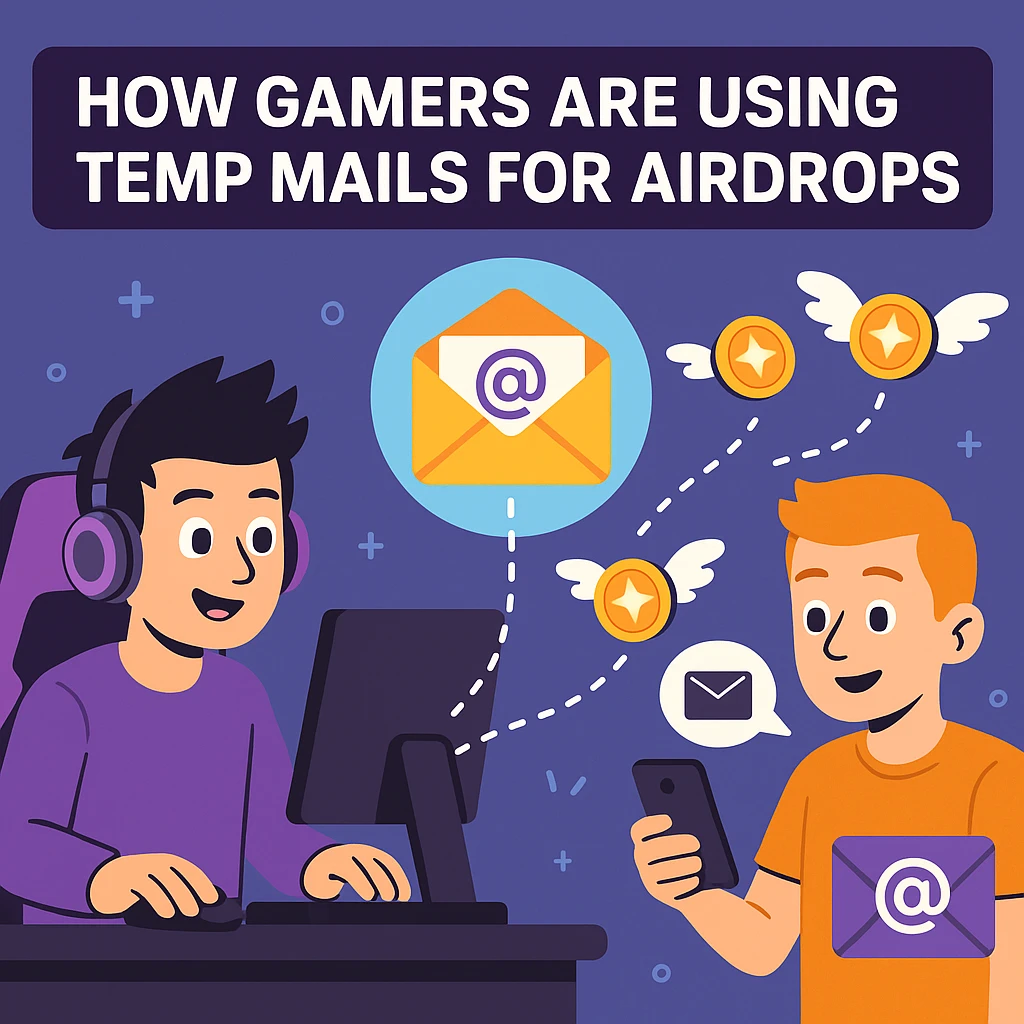Relying just on one channel for audience communication in today's complex marketing environment can restrict your audience reach and influence. Your campaigns will be much more effective if you integrate email marketing with other platforms. This will improve engagement, increase brand exposure, and boost conversions. This blog examines the best ways to combine email marketing with other marketing channels, providing ideas and techniques to build a unified and potent marketing ecosystem.
1. Understanding the Power of Email Integration
Email is still one of the best ways to communicate, but when used in conjunction with other marketing initiatives, its full potential may be realized. Email integration makes it possible for customers to interact with you seamlessly across a variety of channels, which guarantees that your audience is engaged on several levels and that your message is constant.
1.1 The Benefits of Email Integration
Increased Reach: Your message will reach your clients wherever they are by expanding your reach through email integration with additional channels like social media, SMS, or content marketing.
Enhanced Personalization: Integration makes it possible to gather and use data from several sources, which results in communications that are more pertinent and tailored.
Better Engagement: By ensuring that your audience engages with your brand on several channels, a multi-channel strategy raises overall engagement.
Improved ROI: You may improve the return on investment of your campaigns by developing a cohesive marketing plan.
Key Points:
-
Reach: Multi-channel efforts expand audience touchpoints.
-
Personalization: Leverage cross-channel data for tailored experiences.
-
Engagement: Increase interaction by meeting your audience where they are.
-
ROI: Maximize returns through integrated campaigns.
1.2 The Role of Email in a Multi-Channel Strategy
A multi-channel strategy's cornerstone is email because of its direct reach and adaptability. It can be used to convert prospects into customers, boost traffic to other channels, nurture leads, and deliver targeted content.
Lead Nurturing: Email works well for directing prospective clients through the sales funnel by sending them content that is specifically tailored to where they are in the customer journey.
Traffic Generation: Emails can encourage more involvement with your brand by directing traffic to other platforms like your blog, website, or social media profiles.
Conversions: Emails are effective tools for turning leads into paying customers because they contain tailored messaging and targeted call-to-actions (CTAs).
Key Points:
-
Lead Nurturing: Guide prospects with tailored email content.
-
Traffic Generation: Use email to drive cross-channel engagement.
-
Conversions: Convert with strategic, personalized email CTAs.
2. Integrating Email with Social Media
Among your marketing arsenal's most potent weapons are social media and email. You may give your audience a more dynamic and interesting experience by integrating these sources.
2.1 Using Social Media to Grow Your Email List
Social media networks are great for increasing the number of people who subscribe to and advertising your email newsletter. The following are some tactics:
Lead Generation Ads: Lead generation advertisements are available on social media sites like Facebook and Instagram, enabling users to join your email list straight from the platform.
Promotional Posts: Include a direct link to the signup form in every post you make highlighting the advantages of subscribing to your newsletter, such as access to special content or discounts.
Social Contests: Encourage followers to join your list by holding contests where entrance needs registering with your email address.
Key Points:
-
Lead Generation Ads: Use social media ads to capture emails.
-
Promotional Posts: Highlight email benefits to drive signups.
-
Social Contests: Incentivize signups through giveaways and contests.
2.2 Encouraging Social Sharing Through Email
By enticing recipients to follow your accounts and share your information, emails can be an effective strategy for increasing your social media presence.
Social Media Buttons: Provide social media links that take recipients directly to your profiles in your email designs. Recipients can easily follow your brand as a result.
Incentivize Sharing: Give discounts or chances to win something in exchange for spreading your emails on social media.
User-Generated Content: In your email campaigns, highlight the social media postings made by recipients that discuss their interactions with your brand.
Key Points:
-
Social Buttons: Make it easy for email subscribers to connect on social.
-
Incentivize Sharing: Offer rewards for sharing emails socially.
-
User-Generated Content: Promote social engagement through featured content.
2.3 Using Social Data to Personalize Emails
Social networking sites offer useful information on user demographics, preferences, and activity. Email content can be made more relevant to your audience by using this data to tailor it.
Behavioral Targeting: Send more focused campaigns by segmenting your email list based on social media engagements, likes, shares, and comments.
Custom Audiences: To send personalized emails, create unique audiences based on social media behavior and synchronize them with your email marketing software.
Content Preferences: Examine what kinds of material are popular on social media, then use those same themes to your email advertising.
Key Points:
-
Behavioral Targeting: Use social data for precise email segmentation.
-
Custom Audiences: Sync social and email platforms for tailored messaging.
-
Content Preferences: Align email content with social media insights.
3. Integrating Email with SMS Marketing
When used in conjunction with email, SMS marketing is yet another effective strategy that may help you establish a closer, more direct relationship with your audience.
3.1 Coordinating Email and SMS Campaigns
By coordinating your SMS and email campaigns, you can make sure that your messaging is consistent and that the proper channels are being used to reach your audience at the right time.
Complementary Messaging: Send brief, urgent updates via SMS, and then send a follow-up email with more specific details.
Timing: To strengthen your message and boost the likelihood of engagement, schedule SMS messages to be sent out soon after an email campaign.
Cross-Promotion: Encourage SMS subscribers to join your email list by providing incentives such as special offers or discounts, and vice versa.
Key Points:
-
Complementary Messaging: Use SMS for immediacy and email for details.
-
Timing: Schedule SMS follow-ups to reinforce email content.
-
Cross-Promotion: Promote signups across both channels for broader reach.
3.2 Personalization Across Channels
For email and SMS campaigns to be successful, personalization is essential. You may give your audience a more smooth and customized experience by integrating these channels.
Unified Profiles: Create unified consumer profiles by syncing data from both channels. This will enable better tailored and consistent messaging.
Behavioral Triggers: Create automated triggers that are triggered by user behavior in SMS and email to make sure your messages are delivered on time and pertinently.
Segmented Campaigns: Whether sending emails or SMS, use segmentation to send personalized messages based on past interactions, behavior, and preferences.
Key Points:
-
Unified Profiles: Integrate data for seamless personalization.
-
Behavioral Triggers: Automate messages based on cross-channel behavior.
-
Segmented Campaigns: Use segmentation for targeted outreach.
3.3 Use Cases for Email and SMS Integration
Abandoned Cart Reminders: When a customer leaves things in their cart, send them an email. If they haven't checked out within a set amount of time, send them an SMS reminder.
Event Invitations: Send out thorough invitations by email, and when the event gets closer, send them a reminder SMS.
Flash Sales: Send out emails announcing flash deals, and as soon as the sale begins, send out an SMS to generate urgency.
Key Points:
-
Abandoned Cart: Combine email and SMS to recover lost sales.
-
Event Invitations: Use SMS to boost attendance with timely reminders.
-
Flash Sales: Drive urgency and conversions with coordinated messaging.
Conclusion
Creating a unified, multi-channel marketing plan that optimizes your reach, engagement, and conversions requires integrating email with other marketing channels. Your audience will respond favorably to a cohesive experience you've created by integrating content marketing, SMS, social media, email, and paid advertising. The secret is to make sure your messaging is consistent, use data to personalize it, and keep improving your efforts to get greater results. Your email marketing campaigns can produce noteworthy outcomes with a well-coordinated approach, which will enhance the overall efficacy of your marketing plan.





Leave a Reply